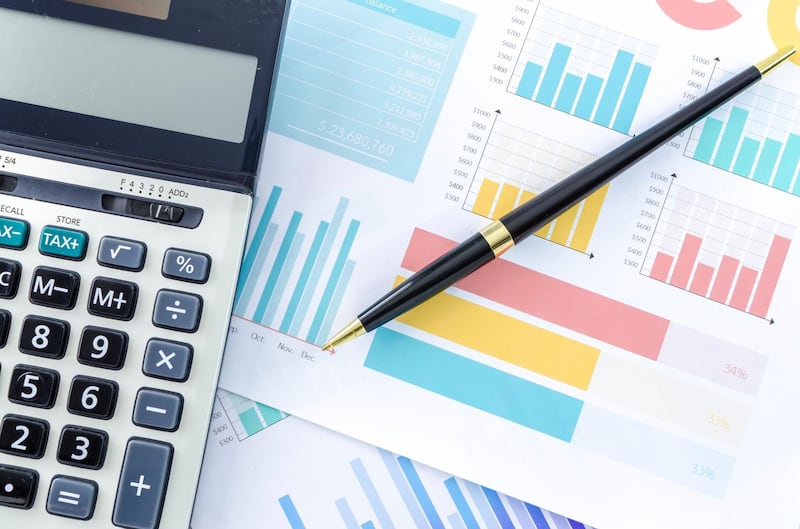I recently registered my business for VAT and now need to start issuing invoices for the first time. My customers are typically UAE based and not VAT registered themselves. Do I need to give every customer an invoice, for example if they pay me in cash and say they do not need an invoice. And what details so I need to show when I raise invoices? SL, Dubai
VAT legislation prescribes that whenever you make a taxable supply you must issue a tax invoice. Whether you need to issue a full invoice, or a simplified version depends on whether your customer is tax registered and the invoice value. However, you have an obligation to issue and deliver an invoice in all circumstances, so your customer telling you they don’t want one is irrelevant.
There are two circumstances where you can issue a simplified invoice: when your customer is not registered for VAT or when your customer is registered but the consideration for the supply is Dh10,000 or less. From your information, you will most likely issue simplified invoices as you mention your customers are not typically registered.
There are certain fields that both simplified and full invoices must show. They must both include the title tax Invoice, your name, registered address, tax registration number and the invoice date.
For a simple invoice you may show each line on the invoice with the gross amount, which is the sum of the net and VAT; you do not show the VAT on every line. At the bottom of the simplified invoice, the gross invoice total is shown with a separate line showing the VAT included within that total value.
On a full VAT invoice, each line must show the unit price, the quantity supplied, that rate of tax, the net amount for the line and the VAT for each line separately, but you do not need to show the gross amount payable. At the bottom of the full invoice you will show the total net, total VAT and total gross payable in dirhams.
Many accounting systems give you the choice of whether to show the invoice amounts inclusive or exclusive of VAT. The legislation implies that you should always choose exclusive of VAT, as you have a requirement to show the net amount, before the addition of the tax.
A final word on invoices issued in currencies other than dirhams and rounding. Invoices issued in a foreign currency must use the exchange rate published by the Central Bank of the UAE on the date of supply. These are published on the bank’s website daily. You must show the exchange rate used on the face of the invoice. The amount of VAT payable in dirhams must also be shown on the invoice.
Where the addition of VAT to a net price results in part fils, you should round the total of each individual invoice line to the nearest dirham.
_________
Read more:
VAT q&a: 'How do I invoice a client in another currency?'
VAT q&a: What entertainment expenses can my company reclaim VAT on?
VAT q&a: As a start-up not paying VAT, how can I retain my big clients?
VAT q&a: 'Do I have to pay VAT if I cut my tenancy contract short?
_________
My current VAT period is from July 1 to September 30 and my next return is due by October 28. Can I claim VAT on my business utility bills due for the month of September even if I receive the bill at the start of October? UP, Abu Dhabi
Your entitlement to reclaim input VAT in a particular return period is dependent on the date of the invoice, rather than the billing period covered by the invoice or when you actually received the invoice. So if, for example, you were emailed the September usage invoice and it arrived on October 3, but was dated September 30, you may include that invoice in your return and offset the input VAT against your output VAT.
However, if you received the invoice on October 3 and it was dated in that month, you may not include it in the current VAT return but must carry it forward to the next one, due on January 28. The invoice date is the date you should record in your accounting system rather than the received date or the last day of the billing period. VAT legislation requires that all invoices must be raised within 14 days of the date of supply, so typically an invoice for usage of a utility in September will be raised and dated at the beginning of October.
Lisa Martin, a chartered accountant with more than 20 years commercial finance experience, is the founder of accounting, auditing and VAT consultancy, The Counting House. Email any VAT queries to pf@thenational.ae






